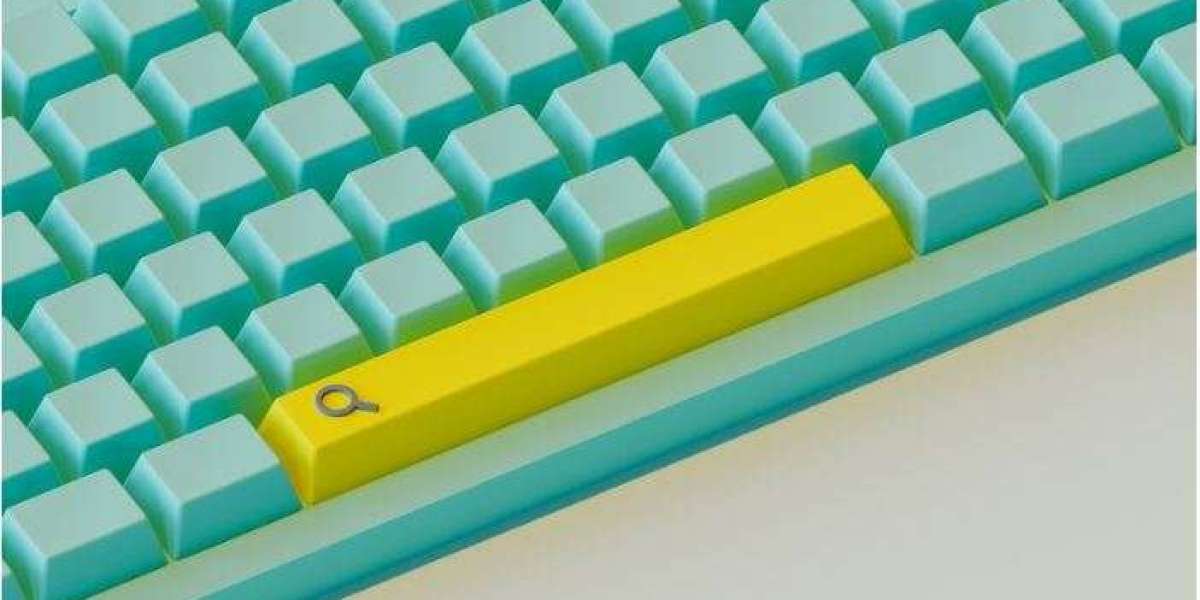A keyboard packaging box is more than just a container; it's the first impression a customer has of a product. Its design, size, and material significantly impact the product's perceived value, protection during shipping, and overall customer experience. Determining the correct dimensions for your keyboard packaging box is crucial for ensuring optimal product safety and customer satisfaction.
Factors Affecting Keyboard Packaging Box Dimensions
Several factors influence the dimensions of a keyboard packaging box:
Keyboard Size: This is the most obvious factor. The box should be large enough to accommodate the keyboard comfortably with some cushioning space.
Keyboard Type: Different keyboard types (full-size, tenkeyless, compact) have varying dimensions.
Packaging Material: The thickness and strength of the packaging material will affect the overall box size. Thicker materials may require larger dimensions for adequate protection.
Cushioning Material: The amount of cushioning used will impact the internal space required.
Shipping Considerations: The box should be compatible with shipping carriers' dimensions and weight restrictions.
Brand Image: The box should reflect the brand's image and aesthetic.
Determining the Ideal Dimensions
To determine the ideal dimensions for your keyboard packaging box, follow these steps:
Measure Your Keyboard: Accurately measure the length, width, and height of your keyboard.
Add Cushioning: Consider the thickness of the cushioning material you plan to use and add this to each dimension.
Allow for Extra Space: Add a small amount of extra space around the keyboard for movement and protection.
Check Shipping Carrier Guidelines: Ensure the box dimensions comply with your chosen shipping carrier's requirements.
Prototype and Test: Create a prototype of the box and test it with your keyboard to ensure a proper fit and adequate protection.
Common Keyboard Packaging Box Dimensions
While specific dimensions will vary based on keyboard size and type, here are some general guidelines:
Full-size Keyboard: Approximately 19 inches (length) x 9 inches (width) x 3 inches (height)
Tenkeyless Keyboard: Approximately 15 inches (length) x 6 inches (width) x 3 inches (height)
Compact Keyboard: Approximately 12 inches (length) x 5 inches (width) x 2 inches (height)
These dimensions are starting points and may need adjustment based on your specific keyboard and packaging requirements.
The Importance of Packaging Design
In addition to dimensions, the overall design of your keyboard packaging box is crucial. Consider the following:
Material: Choose a durable and eco-friendly material that aligns with your brand values.
Printing: High-quality printing can enhance the product's appeal and provide essential information.
Functionality: The box should be easy to open and close, providing a positive user experience.
Protection: The box should effectively protect the keyboard during shipping and handling.
Packaging Materials and Their Impact on Box Dimensions
The choice of packaging material significantly influences the dimensions of your keyboard packaging box. Different materials offer varying levels of protection, weight, and aesthetic appeal.
Corrugated Cardboard
Pros: Widely available, cost-effective, recyclable, and provides good protection against shocks.
Cons: May require additional cushioning for fragile keyboards, can be bulky.
Impact on dimensions: Corrugated cardboard adds thickness to the box, requiring slightly larger dimensions for the same internal space compared to thinner materials.
Foam
Pros: Excellent cushioning, lightweight, and can be molded to fit the keyboard shape.
Cons: Can be more expensive than cardboard, may require additional packaging for shipping.
Impact on dimensions: Foam can be used as internal padding, reducing the need for extra space within the box.
Plastic
Pros: Waterproof, durable, and provides excellent protection.
Cons: Generally more expensive than cardboard or foam, not as environmentally friendly.
Impact on dimensions: Plastic can be molded to fit the keyboard shape, potentially reducing box size.
Custom-Molded Packaging
Pros: Provides the ultimate in product protection, can be designed to fit the keyboard perfectly.
Cons: Most expensive option, longer lead times.
Impact on dimensions: Custom-molded packaging can significantly reduce box size as it precisely fits the product.
Balancing Protection and Size
Finding the right balance between protection and box size is crucial. Consider the following factors:
Keyboard fragility: More fragile keyboards require thicker cushioning and potentially larger boxes.
Shipping conditions: If the keyboard will be shipped long distances or through rough handling, a more robust package may be necessary.
Environmental impact: Choose materials that are recyclable or biodegradable to minimize your environmental footprint.
Cost: Weigh the cost of different materials against the level of protection required.
Packaging Inserts and Fillers
Packaging inserts and fillers help to secure the keyboard within the box and prevent movement during shipping. Common options include:
Foam inserts: Custom-cut foam inserts provide excellent cushioning and support.
Bubble wrap: Offers good protection but can be bulky.
Air pillows: Lightweight and customizable, but may not provide as much protection as foam or bubble wrap.
Paper void fill: Eco-friendly and cost-effective, but may not provide as much cushioning as other options.
The Role of Packaging Design in Box Dimensions
The overall design of the packaging box also affects its dimensions. Factors to consider include:
Box shape: Rectangular boxes are the most common, but other shapes (e.g., hexagonal) can be used for specific purposes.
Box closures: The type of closure (e.g., flaps, tape) can impact the box's dimensions.
Printing and graphics: The thickness of the printed material can affect the box's overall dimensions.
By carefully considering these factors, you can optimize the dimensions of your keyboard packaging box to achieve the perfect balance of protection, cost-effectiveness, and aesthetics.
Conclusion
Choosing the right dimensions for your keyboard packaging box is essential for protecting your product and creating a positive customer experience. By carefully considering the factors discussed in this article and following the guidelines provided, you can create packaging that effectively showcases your keyboard and ensures its safe arrival. Remember, the packaging is often the first interaction a customer has with your product, so make it count.
FAQs About Keyboard Packaging Box Dimensions
Q: Can I reuse packaging materials for my keyboard?
A: While it's possible to reuse packaging materials, it's essential to ensure the box is in good condition and provides adequate protection for your keyboard. Reusing packaging may also limit your ability to customize the box to your brand's image.
Q: How do I choose the right cushioning material?
A: The best cushioning material depends on the keyboard's fragility and the shipping conditions. Foam, bubble wrap, and air pillows are common options.
Q: What is the best way to pack a keyboard for shipping?
A: To pack a keyboard for shipping, place the keyboard in a plastic bag to protect it from moisture. Surround the keyboard with cushioning material and secure it in place. Close the box securely and add shipping labels.
Q: Can I customize the dimensions of my keyboard packaging box?
A: Yes, you can customize the dimensions of your keyboard packaging box to meet your specific needs. However, it's essential to consider the factors mentioned earlier, such as keyboard size, packaging material, and shipping requirements.








